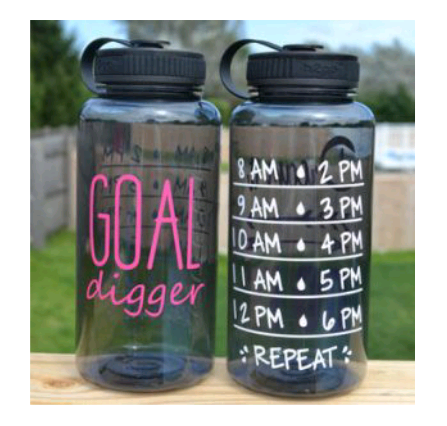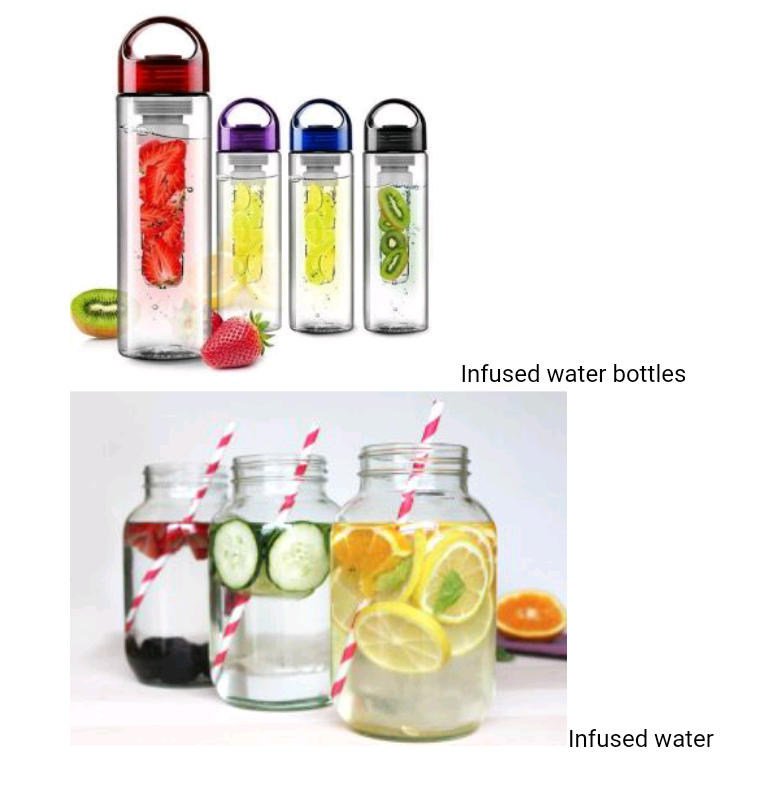It’s that time of the year when the rains are here with us again and it’s very much appreciated after suffering some intense heat in the previous months (March and April were extremely hot!
When it rains it gets cold, and the last thing on your mind is getting refreshed with 1 or 2 glasses of chilled water or a drink. One can easily therefore get dehydrated due to low fluid intake when the environmental temperatures drop.
You may think you’re not losing much water because you’re not sweating; but the body does lose some water through breathing and peeing, which is quite frequent when the weather is cold.
Did you know that water accounts for 60% to 70% of a person’s total body weight? Humans survive only up to 1 week without water but can last 4 times longer without food. Water is therefore very essential to life as it plays so many key functions in the human body. Below are some functions of water to the human body:

So what happens when you’re not taking in enough water?
D-E-H-Y-D-R-A-T-I-O-N
It begins with feeling thirsty and progresses to having a dry sticky mouth. At this point, you’re mildly dehydrated i.e. you’ve lost about 1% to 2% of your body water. This can lead to difficulty in concentration or decreased alertness, headaches, fatigue, an increase in heart rate and a decrease in exercise performance. A loss of 10% may result in damage to essential organs and a 20% loss could result in death.
How much water does one require?
In tropical climates such as ours, men require up to 3700ml or 3.7 litres of fluid whiles women require 2700ml or 2.7 litres of fluid daily. This approximates to about 7 ½ sachets of water for males and 5 ½ sachets for females. Note however, that this is just a guideline for total fluid intake and includes water from food and beverages.
Caution-Certain people such as those with kidney disease or heart failure may require less and must consult their doctor/dietitian first.
Here are a few tips on how to stay hydrated
–Set a goal: You can monitor how much fluid you’re taking daily for a couple of days and if you’re consuming less, gradually increase your intake to meet your goal. There are apps such as Daily Water, iDrated, and Waterlogged that can help monitor your fluid intake as well. Alternatively, setting an alarm or reminder on your phone should be fine.
You could also set goals such as drinking a glass of water with every meal or drinking some water first whenever you feel like having a snack.

– Flavour your water: If you find drinking plain water boring, you can jazz it up with some flavours. Lemon, orange, lime, pineapple, watermelon, cucumber, mint, gingers are some of the flavours that can be infused into water to improve its taste. These can be sliced or chopped into a jug of water and placed in the refrigerator overnight or you can use an infusion water bottle like this one below.
 Infused water bottlesInfused water
Infused water bottlesInfused water
– Eat your water: This is definitely killing two birds with one stone. You get your water and you’re satisfied as well. Juicy fruits such as oranges, mangoes, watermelon, pineapples, apples, etc. naturally have a high water content and can help increase fluid intake. Vegetables such as cucumbers, lettuce and tomatoes are also water-rich foods. You can always opt for some soup too if you prefer something savoury.
– Warm beverages: Since the weather is cold, some warm drink will heat up your body and keep it nice and warm. Tea and coffee provide water and can be a good way of staying hydrated. However, these contain caffeine which is a natural diuretic i.e. increases the frequency of urination. The diuretic effect of teas is quite debatable though. The British Dietetic Association states that tea doesn’t produce a negative diuretic effect unless the amount consumed at a sitting exceeds 300mg of caffeine. This is estimated to be equivalent to 6 cups of tea at one sitting. If you still can’t do without your tea or coffee, just go for decaffeinated options, but keep it low on sugar though.
Keep water in sight: Out of sight, out of mind. Keep a bottle of water on your desk at work or in your bag. You’re likely to drink some water if it’s near you. You could also have a cup of water whenever you go by the water dispenser.
– Avoid or reduce alcohol intake: Alcoholic beverages can make the body lose a lot of water through urine and can cause dehydration.
How do you know you’re drinking enough fluid?
Obey your thirst! (erm not the sugary one in the green bottle). Have a drink when you’re thirsty. Monitor the colour of your pee. If you’re drinking enough your urine should be a pale yellow colour.

Do you have any personal tips on staying hydrated? Do share them with us. Let’s stay hydrated as we enjoy the cool rainy season. Cheers!
































